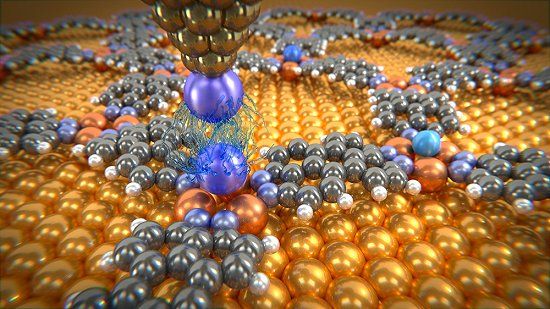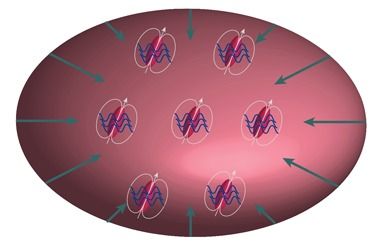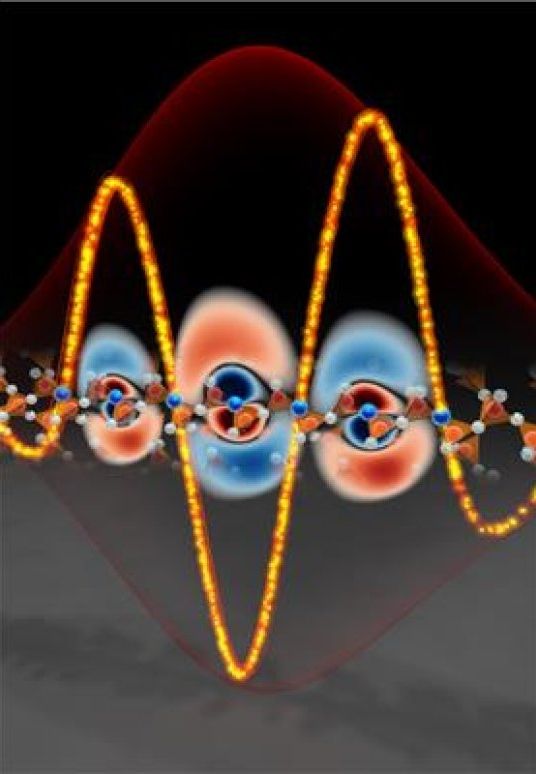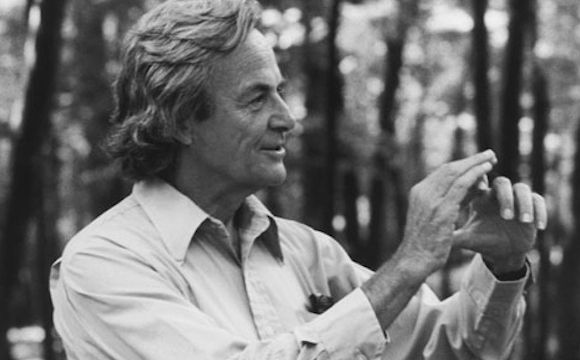Page 11117
May 23, 2016
Supercrystals with new architecture can enhance drug synthesis
Posted by Karen Hurst in category: quantum physics
Scientists from ITMO University and Trinity College have designed an optically active nanosized supercrystal whose novel architecture can help separate organic molecules, thus considerably facilitating the technology of drug synthesis. The study was published in Scientific Reports (“Chiral quantum supercrystals with total dissymmetry of optical response”).
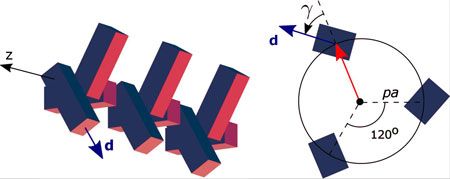
Structure of the helical chiral supercrystal. (Image: ITMO University)
Continue reading “Supercrystals with new architecture can enhance drug synthesis” »
May 23, 2016
Viewpoint: An Arrested Implosion
Posted by Karen Hurst in categories: cosmology, particle physics, quantum physics
The collapse of a trapped ultracold magnetic gas is arrested by quantum fluctuations, creating quantum droplets of superfluid atoms.
Macroscopic implosions of quantum matter waves have now been halted by quantum fluctuations. The quantum wave in question is an atomic Bose-Einstein condensate (BEC), a quantum state with thousands to tens of millions of atoms in an ultracold gas all sharing the same macroscopic wave function. Attractive atomic interactions can cause BECs to collapse in spectacular ways, in what’s been termed a “bosenova,” a lighthearted allusion to a supernova explosion [1]. Tilman Pfau and colleagues from the University of Stuttgart, Germany, have shown that for BECs made of dysprosium, whose bosonic isotopes are among the most magnetic atoms in the periodic table, long-range dipole-dipole interactions between these neutral atoms create a totally new phenomenon: the arrested collapse of a quantum magnetic fluid, called a quantum ferrofluid [2, 3]. Such a ferrofluid relies crucially on the strong dipolar interactions in the dysprosium gas.
May 23, 2016
Keiichi Matsuda’s Hyper-Reality merges digital media with reality
Posted by Karen Hurst in categories: computing, entertainment
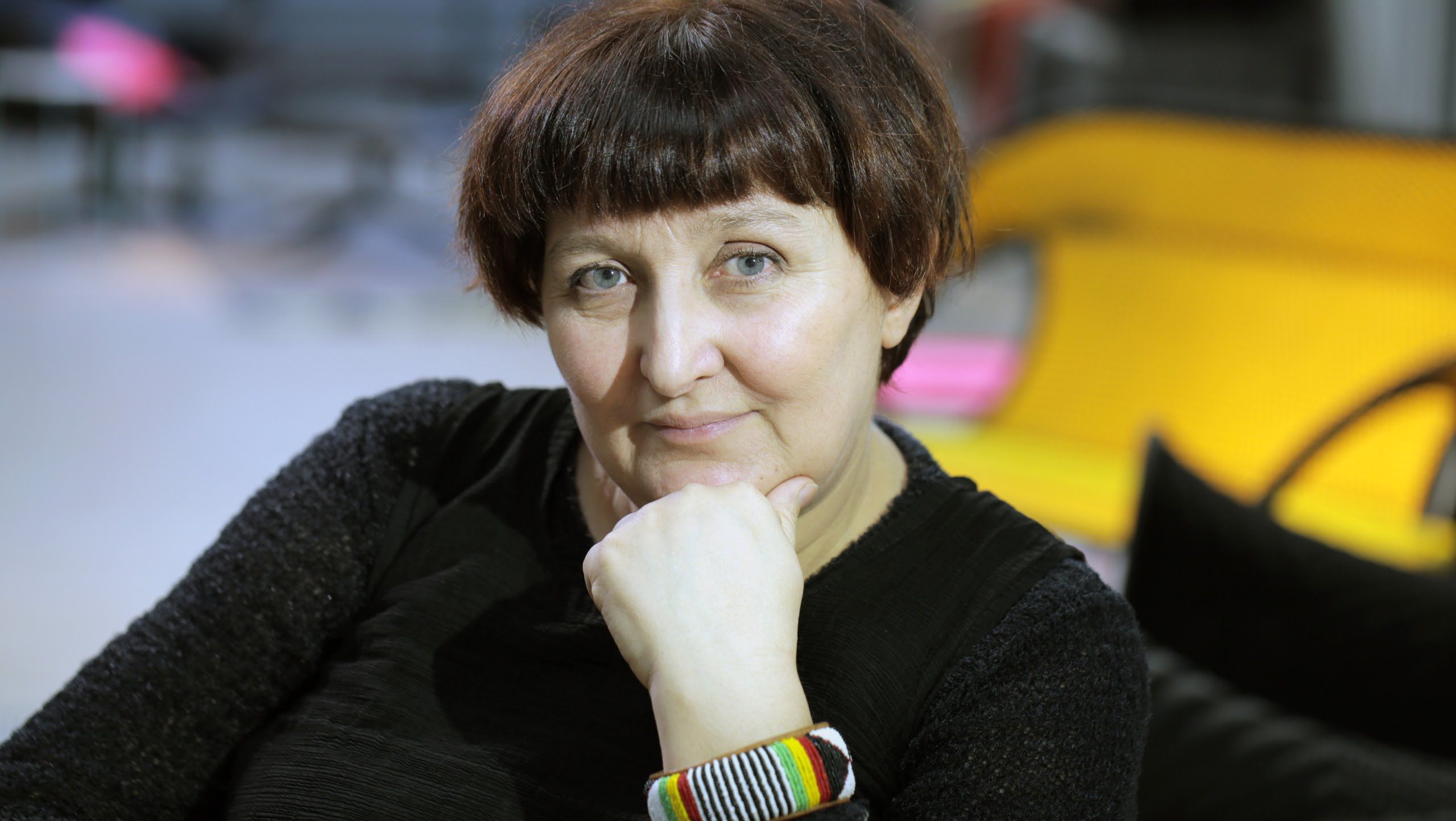
Luv this.
In Hyper Reality’s dystopian future city, every interaction has a digital overlay, filling your vision with information like a character in a computer game.
Continue reading “Keiichi Matsuda’s Hyper-Reality merges digital media with reality” »
May 23, 2016
New method to control quantum systems
Posted by Karen Hurst in categories: computing, electronics, quantum physics
Yesterday, we saw the news from D-Wave in development & release of a new scalable QC. Now, Dartmouth has been able to develop a method to design faster pulses, offering a new way to accurately control quantum systems.
Dartmouth College researchers have discovered a method to design faster pulses, offering a new way to accurately control quantum systems.
The findings appear in the journal Physical Review A.
Quantum physics defines the rules that govern the realm of the ultra-small — the atomic and sub-atomic world — which explains the behavior of matter and its interactions. Scientists have been trying to exploit the seemingly strange properties of this quantum world to build practical devices, such as ultra-fast computers or ultra-precise quantum sensors. Building a practical device, however, requires accurately controlling your device to make it do what you want. This turns out to be challenging since quantum properties are very fragile.
May 23, 2016
Light Behaving Badly: Strange Beams Reveal Hitch in Quantum Mechanics
Posted by Karen Hurst in category: quantum physics
A new property of light discovered in hollow, conical beams of photons could shake up some aspects of quantum mechanics.
May 23, 2016
A switch for light wave electronics
Posted by Karen Hurst in categories: computing, electronics, quantum physics
Light waves might be able to drive future transistors. The electromagnetic waves of light oscillate approximately one million times in a billionth of a second, hence with petahertz frequencies. In principle also future electronics could reach this speed and become 100.000 times faster than current digital electronics. This requires a better understanding of the sub-atomic electron motion induced by the ultrafast electric field of light. Now a team of the Laboratory for Attosecond Physics (LAP) at the Max-Planck Institute of Quantum Optics (MPQ) and the Ludwig-Maximilians-Universität (LMU) and theorists from the University of Tsukuba combined novel experimental and theoretical techniques which provide direct access to this motion for the first time.
Electron movements form the basis of electronics as they facilitate the storage, processing and transfer of information. State-of-the-art electronic circuits have reached their maximum clock rates at some billion switching cycles per second as they are limited by the heat accumulating in the process of switching power on and off.
The electric field of light changes its direction a trillion times per second and is able to move electrons in solids at this speed. This means that light waves can form the basis for future electronic switching if the induced electron motion and its influence on heat accumulation is precisely understood. Physicists from the Laboratory for Attosecond Physics at the MPQ and the LMU already found out that it is possible to manipulate the electronic properties of matter at optical frequencies.
May 23, 2016
Richard Feynman: The Quantum Man
Posted by Karen Hurst in categories: business, education, habitats, neuroscience, quantum physics
Inspirational bio of the “Quantum Man” Richard Feynman.
Richard Feynman was a Nobel prize-winning physicist whose contemporaries thought that he had the finest brain in physics. He was born on May 11, 1918, in Manhattan and grew up in Far Rockaway, N.Y., a section of Queens, on the Rockaway peninsula.
His parents were non-observant Ashkenazi Jews. His father, Melville Feynman, was a uniform salesman. Nevertheless, he tried to stimulate Richard to have an interest in science at an early age. Melville was the son of Lithuanian Jews who lived in Minsk and emigrated to the U.S. in 1895 when Melville was 5 years old. Although Melville wanted to become a doctor, the family could not afford to support his education. He tried a variety of occupations and finally settled in the uniform business.
Grateful for those who Help Others!!
Did you know that you can follow the Summit live? Tune in NOW for two High-Level Roundtables: “Political Leadership to Prevent and End Conflicts” and “Changing People’s Lives — From Delivering Aid to Ending Need:” whsummit.org/live
May 23, 2016
2020 Tokyo Olympics May Open With Huge Meteor Shower Launched By Satellites
Posted by Karen Hurst in category: satellites

https://youtube.com/watch?v=vHvyz3h-rRo
You can’t make this stuff up — scary to think about the fallout.
Japan’s ALE startup plans to open the 2020 Tokyo Olympics with man-made meteor shower.
Continue reading “2020 Tokyo Olympics May Open With Huge Meteor Shower Launched By Satellites” »
